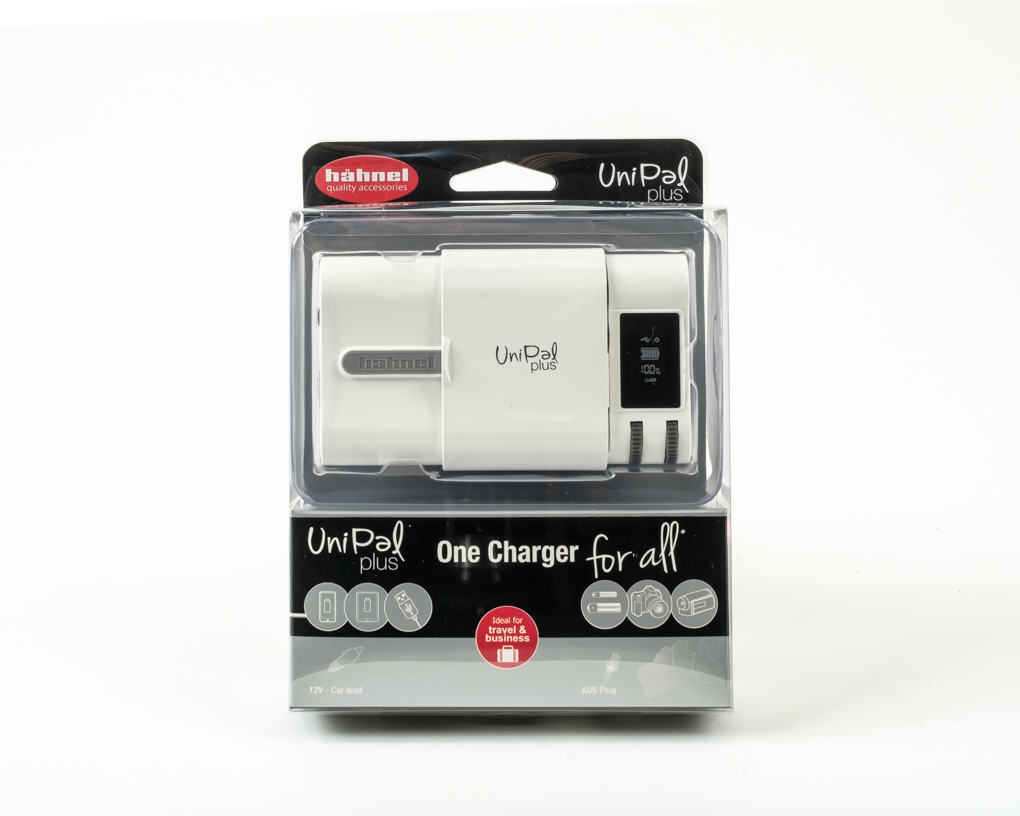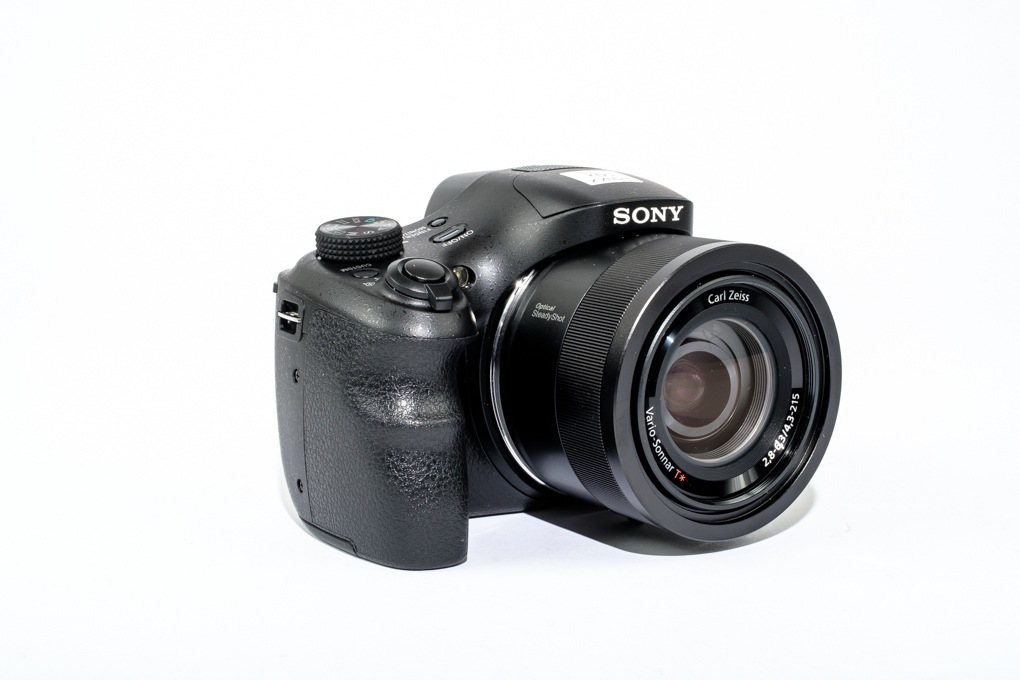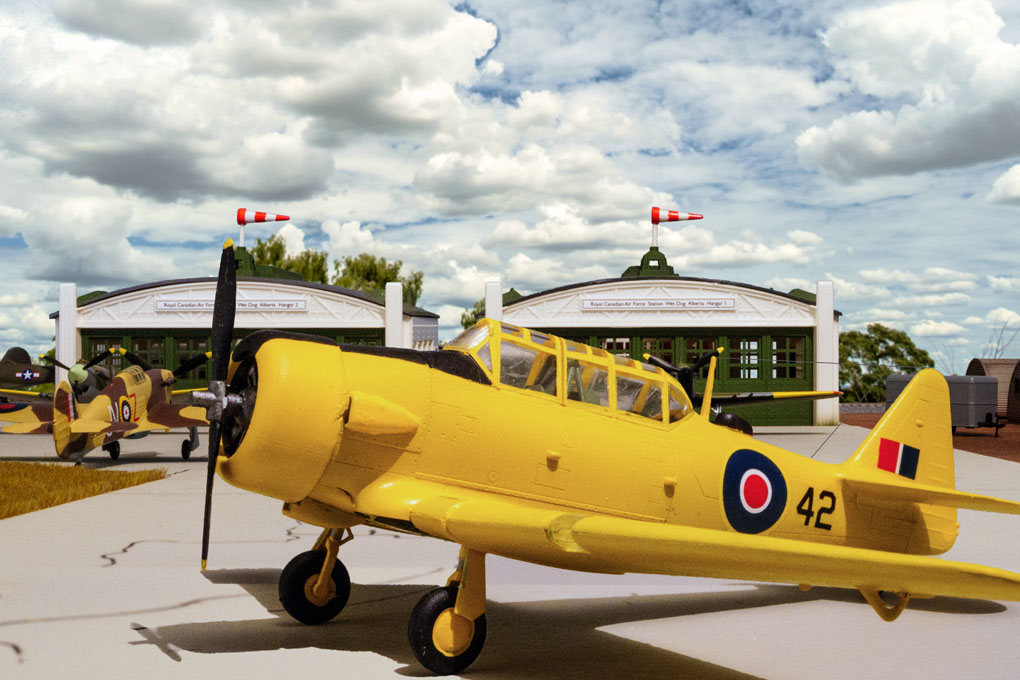28 Feb The Alternative Solutions Again
Those of you who think they have seen these products in this column before are right - I've been mentioning these and similar items for years. But not everyone who reads this page with their Weeties has seen those older postings. The wonderful thing about...












